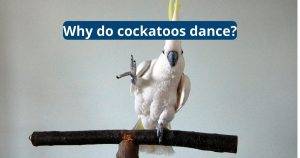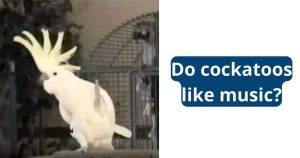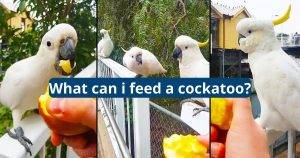Fiery Shouldered Conure

Fiery shouldered conure (Pyrrhura egregia) is a medium-sized parakeet of tepui highlands. It is endemic to subtropical or tropical moist montane forests in northeast Brazil, Guyana and Venezuela. Their plumage is mainly green with bright yellow-orange “shoulder” feathers, crown and lores brownish; ear coverts reddish brown. Feather tips are narrow with dark color giving a scaly appearance.
Characteristics
Fiery shouldered conures are smart, playful parrots with gentle dispositions. They are a medium-sized parrot that can grow to a length of 26 cm (10 in) and weighs 75 g (2.6 oz). Their plumage is mostly green, with bright orange “shoulder” feathers that are the reason for their name.
This bird is endemic to subtropical or tropical moist montane forests of northeastern Brazil, southern Guyana and Venezuela. It is threatened by hunting and habitat loss.
Although most pet bird enthusiasts/aviculturists call these birds by the scientific name Nandayus nenday or black-hooded parakeet, ornithologists use the more generic term “conure.” Both species belong to the Pyrrhura genus and are similar in appearance and temperament. They are known for their loud, sometimes ear-piercing vocalizations. Their eyes are brown and surrounded by bare white skin, and their beaks are horn-colored.

Habitat
Fiery shouldered conures need a lot of space and a good quality cage or aviary. They will also do well in a suspended cage. They will quickly destroy timbers so a stainless steel aviary is recommended.
The fiery shouldered conure (Pyrrhura egregia), also known as the jenday or black-hooded conure, is an attractive green parrot that can be a great pet for those who want a bird with big personality in a small package. Although aviculturists and ornithologists use the term parakeet to describe these birds, they look and act more like larger New World parrots than the cockatiels and budgies that many people think of when they hear the word “parrot.”
The fiery shouldered conure inhabits subtropical or tropical moist montane forests, found at altitudes of 700 to 1800 meters in southeast Venezuela, western Guyana and northeast Brazil. It is a moderately gregarious bird, found in flocks of four to six birds.

Feeding
They spend much of their time in their cage, but like most parrots, they will also play outside it. These birds need a family they can interact with regularly to keep them happy. They are quick learners and can be taught simple tricks.

These birds eat a diet of pellets and fresh vegetables, fruits, and nuts. They must have access to clean water at all times. Their cage should be large enough to house a variety of toys.
Fiery shouldered conures are a monomorphic species, meaning that males and females look the same. DNA testing or surgical sexing is the only way to tell them apart. They can be kept with other birds, but it is important to protect them from cats and dogs.
Training
The fiery shouldered conure can be trained using clicker training, which teaches it to associate its actions with positive reinforcement. This technique is particularly helpful for parrots who travel often, as it allows them to develop a solid bond with their caretakers without having to speak to them.
Fiery-shouldered conures make excellent companion parrots, as they are quiet and docile. They have a natural affection for their caretakers and are less destructive than some other parrot species. They may become loud and aggressive when annoyed.
If you’re looking to adopt a fiery-shouldered conure, be sure to choose one that is from a reputable breeder or pet store. Check to be sure that it has been vaccinated and has a clean bill of health. It is also a good idea to buy or build your bird a play stand.

Care
These intelligent and entertaining birds can engage in a variety of tomfoolery to entertain themselves. A good balance of play time and quiet time will help reduce boredom, which can lead to destructive behaviors, such as chewing or shredding.
A large cage, such as an aviary or suspended cage is recommended for these birds. The habitat should include a variety of perches and swings, food and water dishes, and a bathing dish. Dishes should be rinsed daily to prevent bacterial growth.
These birds tend to nip and bite when excited, confused or threatened. Do not yell or give attention to this behavior, as it will only encourage the bird to repeat the behavior. If a nip or bite occurs, place the bird in a pet-safe area and allow it to calm down.





